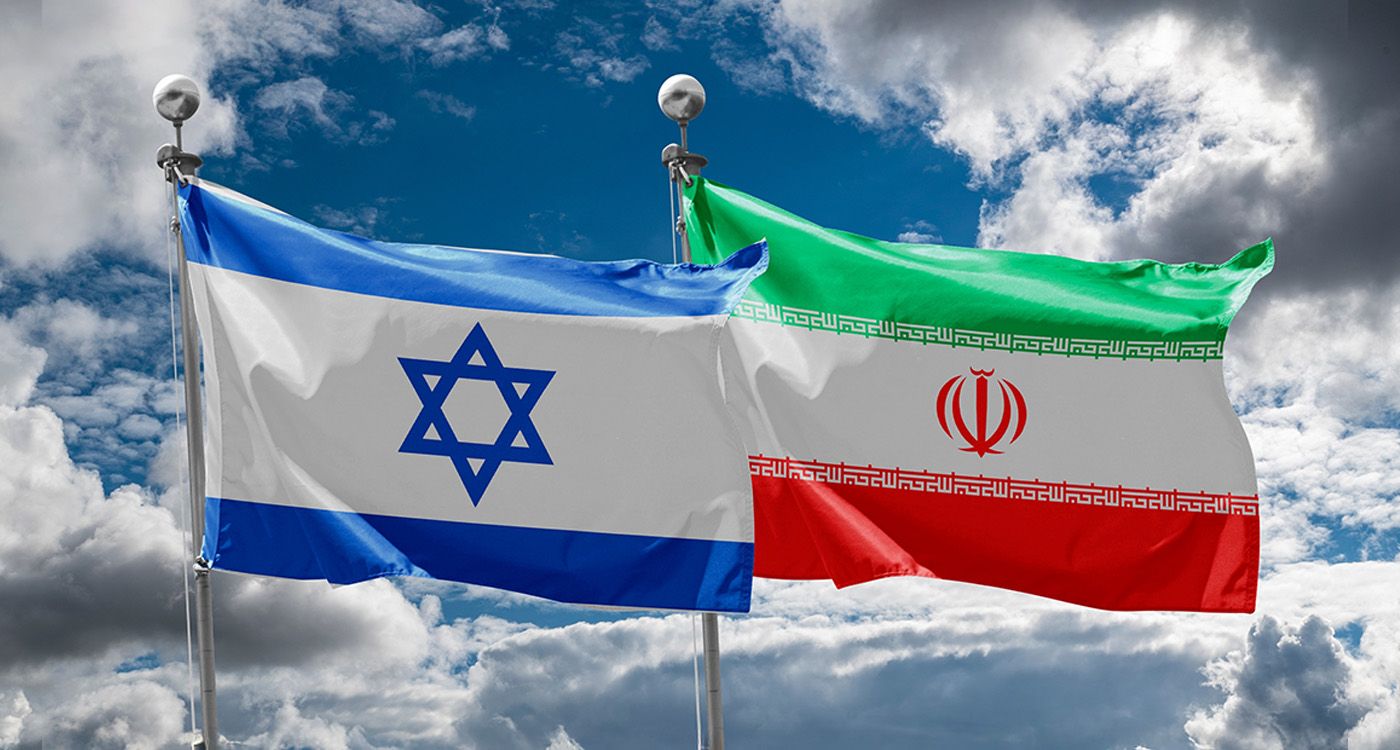
Undoubtedly, the progressive dismantling of Iran‘s proxies raises the issue of normalization in the Near East at a time when the questions of civil concord, democratic political culture, and reformist elites are still controversial and have failed to inspire massive commitments within the respective civil societies, however elaborate and elementary they might be. Lebanon‘s political life is still trapped in oligarchical gimmicks and logrolling. The sham reformist claims are cosmetics designed to hide the ugly realities of power politics. Syria is still under the sway of the unresolved ethno-national question and the inability to engage these thorny dilemmas away from domination politics. The harsh realities of post-war Gaza are still under the spell of Hamas and seem intractable since the Palestinian extremists have not yet internalized their military defeat and their inability to engage in peace discussions without restored unity.
The formation of the Lebanese cabinet is shrouded in the usual mystification of Lebanese politics. It is as if the rotation of power belongs to extraneous political dynamics that escape democratic deliberations and the outcomes of parliamentary elections. Deliberations are mainly restricted to the oligarchic sphere and take place within its arcane structures. With a discredited parliament that failed to uphold the fundamentals of democracy, we are referred to political games and the daily arbitrations of malevolent power players.
The well-entrenched political divides, the competing power politics, and their domination overtones double-frame political life from one end to the other. President Joseph Aoun and Prime Minister Nawaf Salam have a hard time adjusting to the rising geostrategic and political realities yielded by the Israeli counteroffensive that has ended the Iranian political domination. They are still hostages to old political scripts while trying to uphold their political fortunes and setting up their political foreclosures.
Amazingly enough, they are acting as if the constitutional guardrails are accessories or pliable to their priorities. None of the international mandates, the emerging political and strategic realities, and the imperatives of a peace treaty with Israel to extract ourselves from the open-ended cycles of violence seem to define the current political agenda. They are dismissive of situational constraints and shelter behind psychological and ideological blinders. President Aoun is cautious and self-inhibiting, and PM Salam is shielding himself behind his “palestinism” while dealing with major geopolitical and military transformations and their political consequences. The psychotic blinders of outdated leftism are quite explicative of the sturdy political mortgages.
The political normalization in Syria is paradoxically pursuing its course, ushering in a new stage in the life of the country, and challenging the narratives of Islamic radicalism and its political variants. The template of Ahmad al Sharaa is innovative and is under scrutiny to test its ability to survive and bring forth major inflections in the life of Syria. Nonetheless, the pending strategic issue remains the ethno-national question and its impact on the political future of Syria.
Left unaddressed and dealt away with as a taboo, this question may be at the origin of renewed conflicts and recoiled cycles of violence that put at stake the future of Syria. While mending the bridges with the rest of the Arab world, Sharaa manages his relative independence towards the rich donors (Saudi Arabia and the Gulf satrapies) and Turkey, with whom he signed his first security agreements (two airbases and military training). The hazards looming ahead are due to his temptation to fall back on violence while tackling the ethno-national grievances. The neo-Ottoman longings of Islamist Turkey are nurturing these inclinations.
The enforced truce in Gaza is the tree that hides the forest. The whole scheme of Hamas was based on the instrumentalization of the human shields strategy to promote its political stature at the expense of the civilian population, and the destruction of Gaza transformed into an undifferentiated battleground where the distinctions between the civil and military landscapes are obliterated. The underground tunnels are the conduits that have led to the destruction of the district and to the appalling humanitarian tragedies invariably inflicted on Israelis and Palestinians.
The proposal of President Trump about the reconstruction of Gaza, aside from its engineering and urban planning issues, aims at changing the urban and political dynamics to undercut the sources of violence and give way to an alternative governance, refashion the political playground, and reengage the peace process with different premises.





Comments